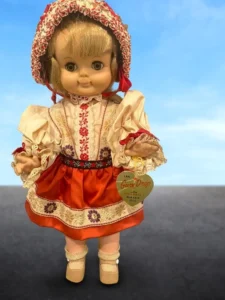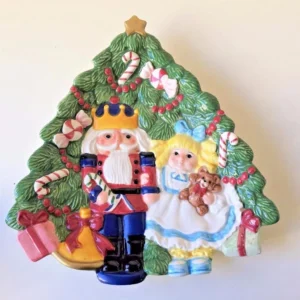
Collecting is a fundamental human activity that stretches back to ancient civilizations, where objects were gathered not just for practical use, but for their aesthetic, historical, or symbolic value. From the curiosity cabinets, or Wunderkammern, of the Renaissance—which housed diverse assortments of art, relics, and natural specimens—to the modern passion for themed sets like collectible cards or contemporary art, the act of acquisition has always been tied to status, knowledge, and personal narrative. Historically, these private collections laid the groundwork for modern public museums and libraries, transitioning the desire for possession into a communal

appreciation of heritage and beauty.
At its core, collecting is driven by a powerful psychological urge, often combining the thrill of the hunt with the satisfaction of bringing order to chaos. For many, a collection represents mastery over a specific niche—a complete run of mid-century modern glassware, or a highly sought-after series of vintage comic books. Each new acquisition provides a hit of dopamine, reinforcing the habit. Moreover, a collection is an external representation of the collector’s identity, history, and taste, creating a tangible legacy that can be shared, displayed, and passed down. This blend of historical significance, personal passion, and mental reward is what makes the world of collecting—whether for profit or pleasure—so enduring.